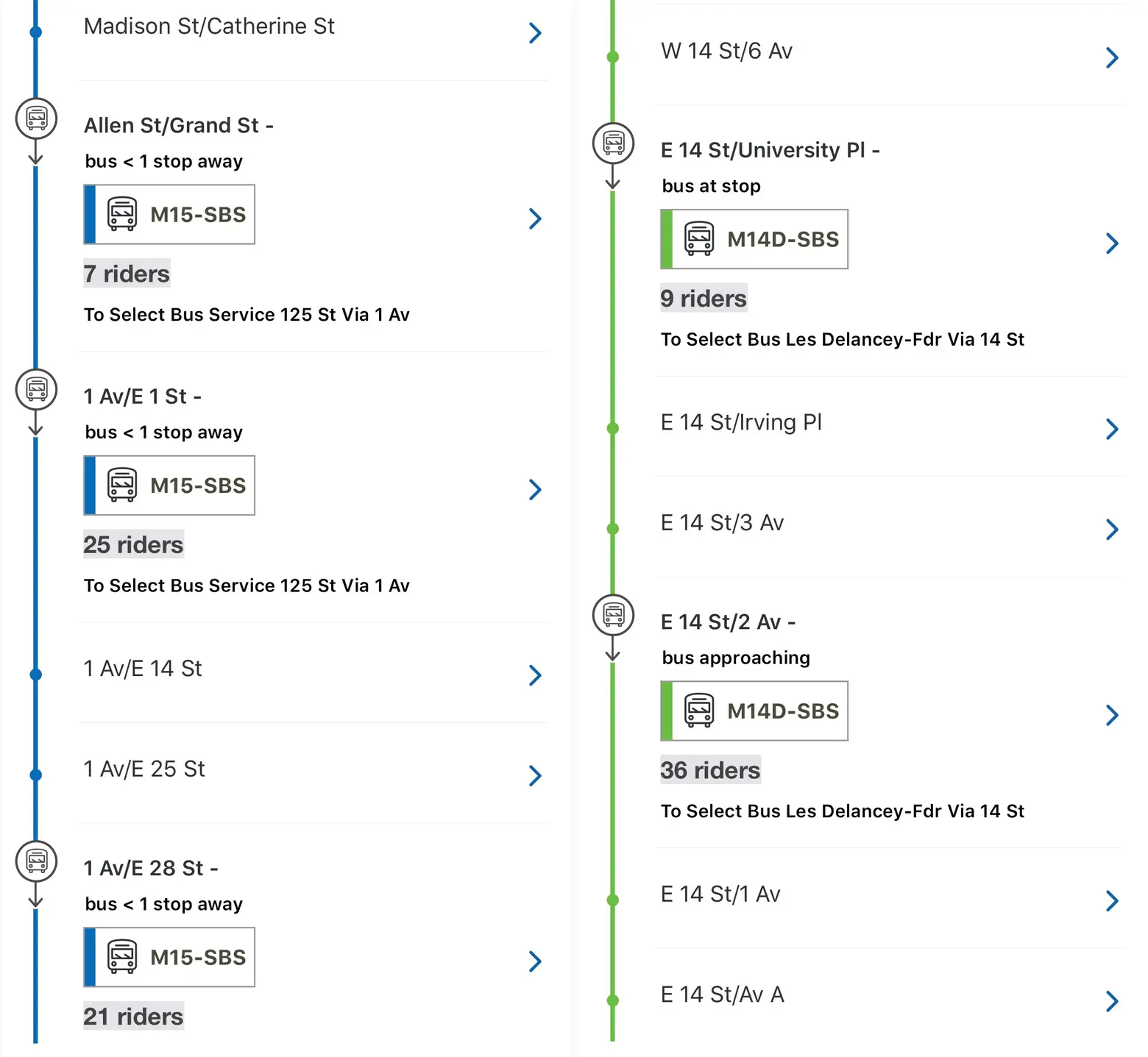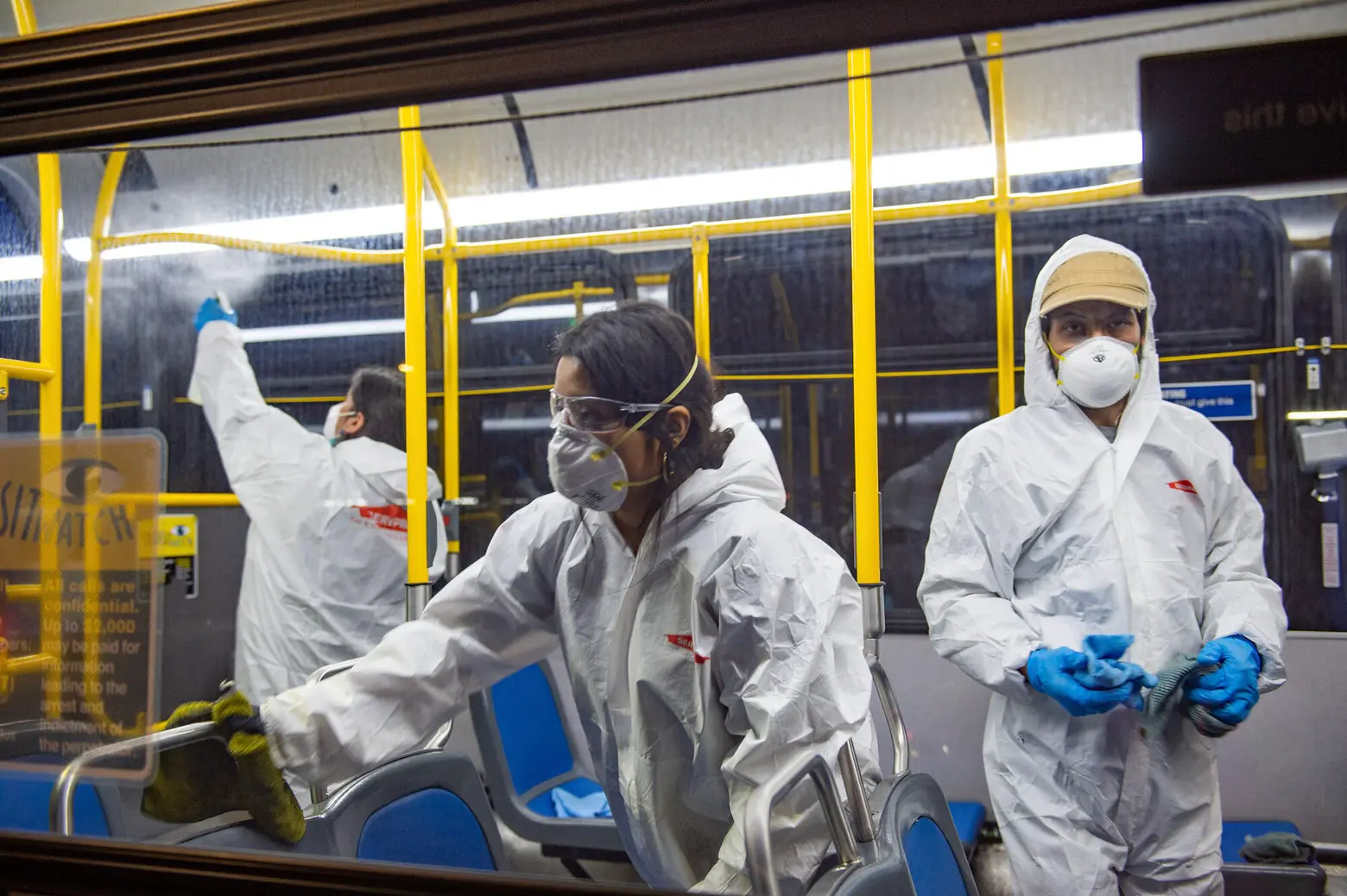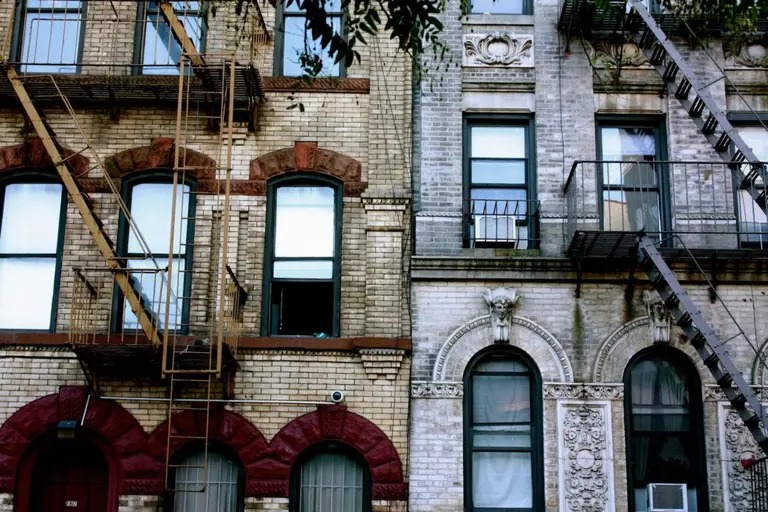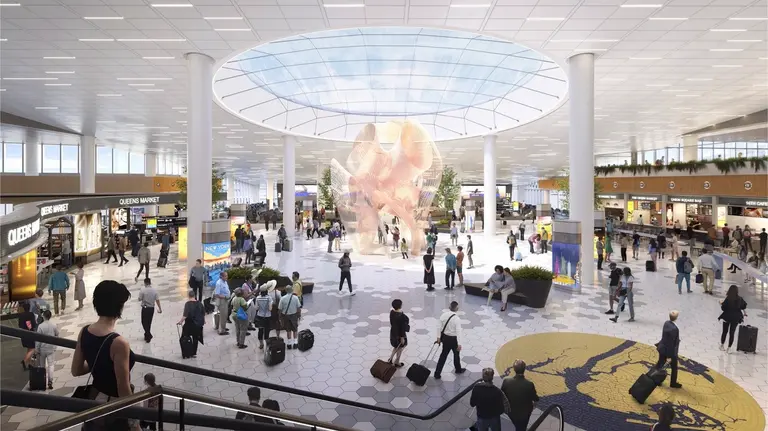The MTA’s app now tells you how many people are on a bus in real-time

Screenshots taken from the MTmta app
Many New Yorkers are having to start heading back to the office, and part of that anxiety is how they get there. For some, that means switching from the subway to the bus in search of more social distance. In fact, the New York Times recently reported that in April and May, bus ridership in NYC was higher than that of the subway for the first time in more than 50 years. And for those making the switch, it just got a lot simpler to feel at ease. The MYmta app now includes real-time data for the number of passengers on an arriving bus.
New York Post transit reporter David J. Meyer first spotted the upgrade and shared it today via Twitter. According to the MTA, “The real-time data collection is done via Automated Passenger Counter (APC) sensors. The sensors mounted above the doorway accurately count passengers boarding and alighting the bus by using a combination of infrared and 3D image pattern technologies. The system integrates with on-board GPS to link passenger data to vehicle location.” These sensors are currently on 40 percent of buses, with an expansion planned.
The real-time data collection is done via Automated Passenger Counter (APC) sensors. The sensors mounted above the doorway accurately count passengers boarding and alighting the bus by using a combination of infrared and 3D image pattern technologies. The system integrates with on-board GPS to link passenger data to vehicle location. Currently, the counters are on buses in all five boroughs, covering 40% of the bus fleet with plans to keep expanding.
The news comes just two weeks after the MTA took further strides to better its real-time information sharing by announcing that it will be deploying 9,000 new digital screens throughout the subway system over the next 12-14 months. The screens feature real-time service changes, dynamic service alternatives, train arrivals at nearby stations, and nearby bus routes. There are currently 5,434 screens. “That’s gives us a tremendous tool to convey COVID-relevant safety information, so we are pushing to deliver digital screens to hundreds of stations during this period of lower ridership,” said Janno Lieber, President of MTA Construction & Development.
On July 6, subway ridership reached nearly 1.1 million, the highest since the pandemic began. However, it’s hard to know yet how many commuters will potentially switch to the bus in the long-term. According to the Times, even after the city began its phased reopening, “average daily counts in June were 752,000 riders for the subway — and 830,000 riders for the buses.” For those with anxieties about traveling on mass transit, the bus offers some perks that the subway does not, such as being able to wait and exit outside and gather more of a visual sense of capacity. The mental aspect of seeing the outdoors as opposed to a dark tunnel is also probably at play.
In early June, Mayor de Blasio made the 14th Street busway in Manhattan permanent and also announced five new busways and 16.5 miles of bus lanes, “meant to alleviate crowding for commuters as the city begins the reopening process,” as 6sqft previously reported.

Photo: Trent Reeves / Metropolitan Transportation Authoriity
Just like with the subways, the city’s buses are being disinfected daily, which includes a $1 million UV light pilot program. Protective barriers have also been installed to protect bus drivers. To prevent crowds from lining up, rear-door boarding is now permitted on local buses, and face masks must be worn by all passengers. To see the real-time bus ridership information on the MYmta app, simply put in your bus route and your direction.
RELATED:




























